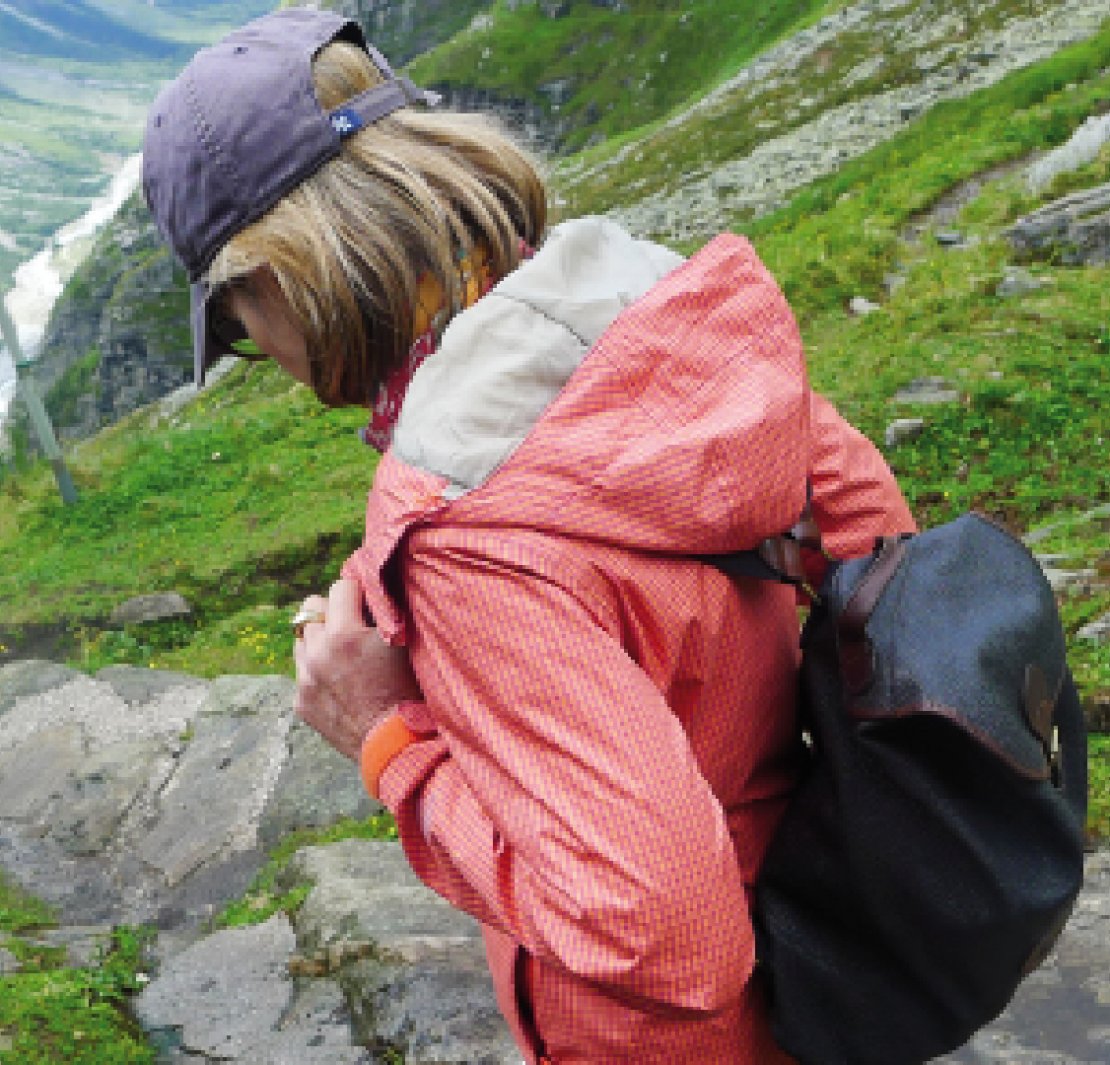How to behave
Almost every hiker knows the fear of being exposed to a thunderstorm in the mountains without protection. It is worth taking the following advice from mountain experts with you on the mountain.
1. WEATHER REPORT
A look at the weather report is a must in any case. Weather experts distinguish between heat storms and frontal storms. Warm thunderstorms usually develop in the afternoon. If a heat storm is forecast for the following day, it is best to get up even earlier than planned and limit the hike to the morning.
2. IT IS BEST TO GET UP QUICKLY
Spring clouds that build up very quickly into towers or clouds that turn dark blue to grey do not augur well. Even if the lightning can still be seen far on the horizon, it is best to be quick.
Thunderstorms move at great speed in the mountains and every minute counts to descend as quickly as possible, perhaps to reach a hut or to get away from the most dangerous places.
If there are less than ten seconds between thunder and lightning, the storm is already dangerously close. If you count only three seconds between thunder and lightning discharge, you must expect a lightning strike at any time.
3. THE MOST DANGEROUS PLACES
Rock faces and small caves in the rock are among the most dangerous places. Even if a small cave seems to offer a shelter, it can become a dangerous trap when struck by lightning. Lightning strikes often develop along the rock face.
If you have just sought shelter there in a small cave or under a rocky outcrop, you are standing in the worst possible place. Since a strong thunderstorm can also loosen debris, you should move away from rock faces at the first sign of a thunderstorm.
Cable car supports, via ferratas and signposts made of metal are natural points of attraction for lightning due to their high metal content. Very exposed places such as peaks or mountain grades are dangerous.
But even the forest or individual trees do not offer good protection, even if you were once taught to “look for beech trees”. One should also stay away from water-bearing areas such as bogs, water channels and torrents.
4. CROUCHING ON THE RUCKSACK
Even if it takes some effort, because you actually feel so unprotected: If lightning is expected, an open area, such as a mountain meadow, offers the best protection, mountain experts agree unanimously. Sit on your rucksack, put your head between your knees and crouch down as small as possible.
Don’t lie down or stand upright – the crouching squat is the recommended posture in this case. If you have metal walking sticks with you, place them as far away from you as possible.
The mobile phone can remain switched on, but should be stowed in the middle of the rucksack if possible. Making a phone call or taking a video of the thunderstorm with your phone now is not a good idea.
5. BEST ALONE
When there are loud crashing thunderclaps and lightning, you instinctively feel a little safer in a hiking group. However, the opposite is true. When a thunderstorm starts, hiking groups should separate and huddle on their backpacks at a great distance from each other so as not to provide a larger target for lightning strikes.




